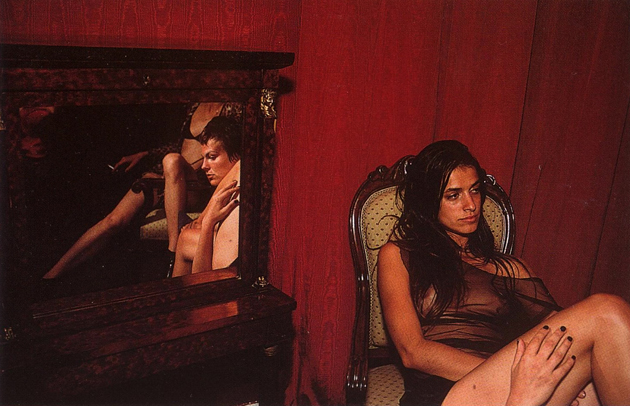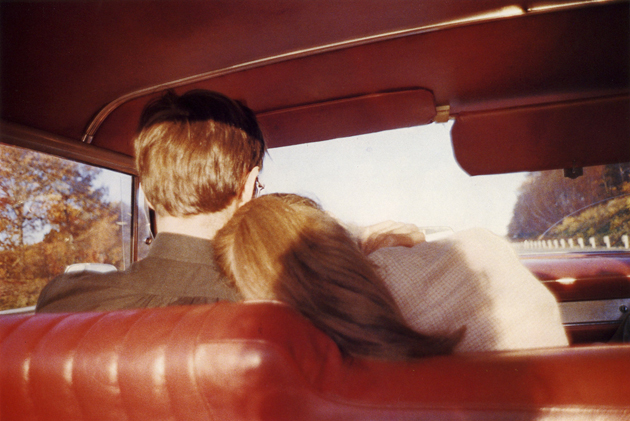
“Write it on your heart that every day is the best day in the year.” – Ralph Waldo Emerson
The Blogazine
“Write it on your heart that every day is the best day in the year.” – Ralph Waldo Emerson
The Blogazine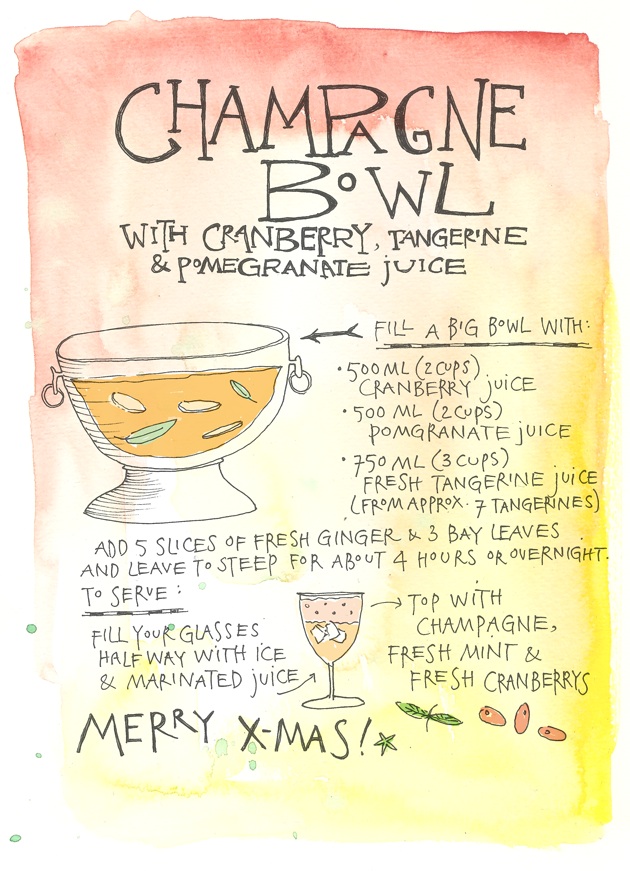
Stay warm, have fun, eat, drink and be merry! Happy holidays from The Blogazine!
The BlogazineIs there anything more cliché than a New Year’s resolution list? And yet, what else should we do as the clocks are ticking and a fabulous year is about to pass and an even more fabulous one is about to begin, but write another list. Ours is short and sweet, and it mostly involves doing what we know best: writing about exciting events, projects, people and objects from the world of fashion, photography, art, design and culture. We have done so much in the past year and hopefully we will do so much more in the upcoming one. Happy New 2014!
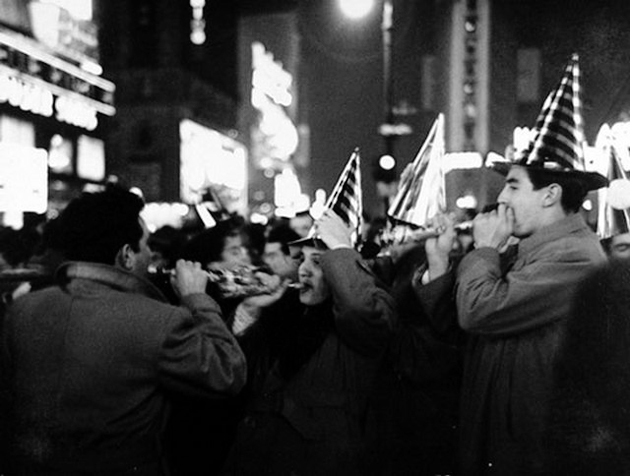
Bells are jingling, snow is falling, Rudolph is as red-nosed as ever and Christmas time is here again. So as your turkeys are getting ready, your wines are bubbly and your friends and family are all merry, there is nothing left for us to do than to wish you all the happiness we can. On our part, we’ve had an amazing year, we have worked hard and can only figure we will work even harder in the next few months, so The Blogazine‘s team can only do what everyone else is probably already doing: soak in some of that Christmas joy, open our gifts and give our old bones a few days of well deserved rest. What else can we say but Merry Christmas everyone!
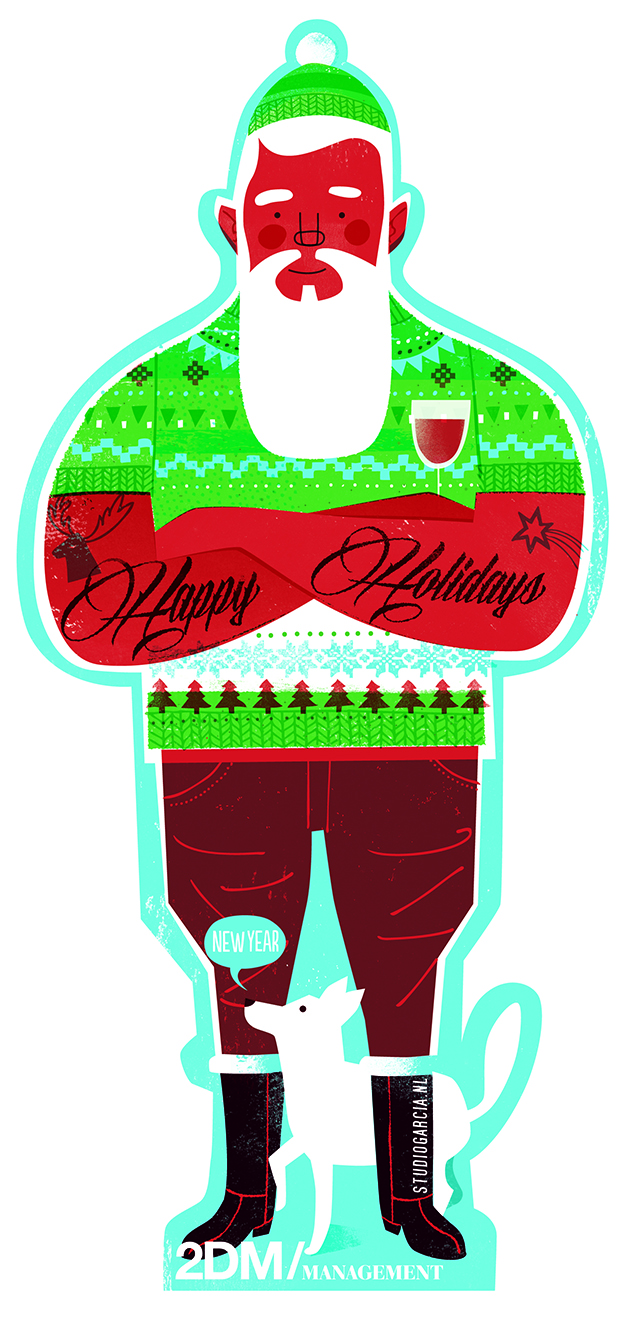
The Editorial: Twelve Twelve Twelve
Right about now, you’re probably realising that you can’t possibly get half of everything done you’d planned to this year, that you’re nothing you’d imagined a year ago, and that soon, you’ll be trapped into small talk for days on end with relatives you don’t like. (I fully plan on entering advanced eggnog inebriation prior to any attempted merrymaking with Republican relatives.) But fret not, dear friends! I’m here to tell you that it’ll all be alright. Today, after all, is 12/12/12! It isn’t often that the stars line up in such delicious symmetry, but when they do, some craaaaaazy stuff is bound to go down.
So, seize the day. Have a spiced-up, fatty snack to hold you over and do something silly (or symmetrical). Or both. But mostly just cool down and start coasting: it’s just twelve days ’til Christmas, after all. And on the off chance the Mayan apocalypse is too busy to destroy us on the 21st (a date that is 12 spelled backwards, coincidentally), I’ll get back to you around New Year’s time with a loving recap of the past 12 months of ’12. Merry merry!
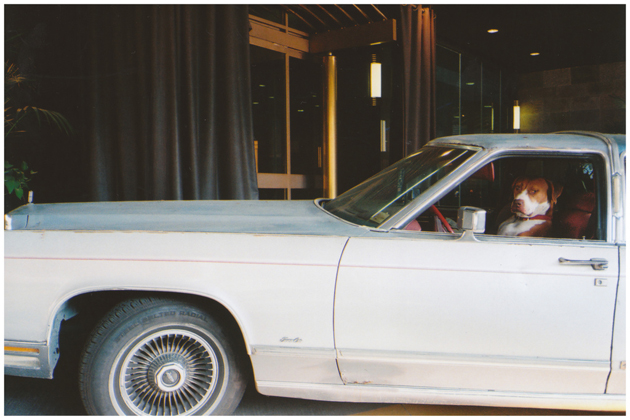
The Editorial: Easy Bake Boy
Feminism is so 1970s. While we love us an empowered lady (and know that equal rights still have quite a ways to go in many cases), the notion of a strong, independent woman now just seems a bit too… binary. Because, feminism is a two-way street: when men were Archie Bunker, of course they had no choice but to punch those chauvinists in the nose! But in retrospect, it’s important to remember that most activist feminists wanted power, and not necessarily equality: a stereotypically alpha-male approach for escaping alpha-male oppression. Hmm.
But today, “man” can mean sensitive bearded hipster and James Franco and “manscaping” and drastic, provocative fashion. It’s in this progress of what it means to be a man that we seem to have at long last discovered the finer shades of both genders, far beyond the heretofore black and white previously admitted. When women don’t have blockheads to react against, they can be anything they want. We’ve got latitude at long last, but ours is anything but a post-gender world.
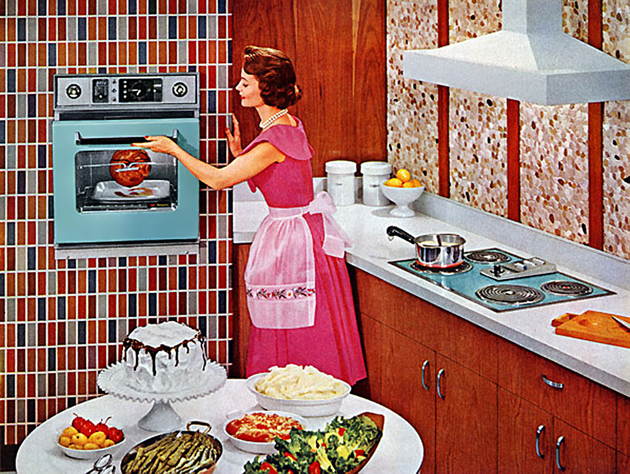
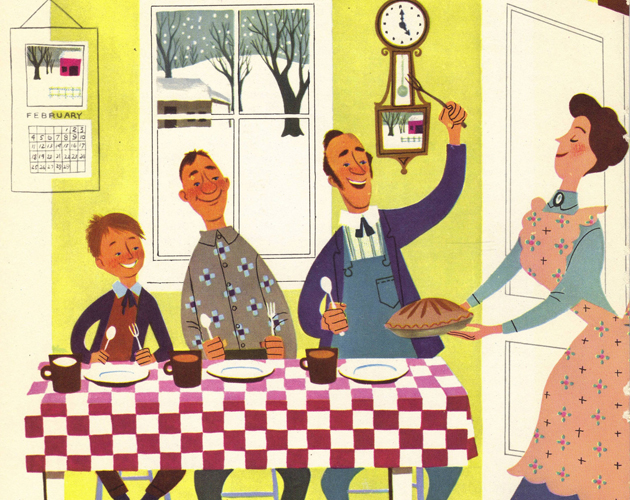
It follows that among the more fascinating cultural shifts over the next several years will be just how the traditional boy vs. girl iconography evolves in relation to this latitude. Google “1950s family,” and there, in impossibly saturated colours, will be most literal icons of the lock-step identities marketers are still actively trying to create. Children’s toys, that means both Tonka trucks and My Little Pony, are charged with polar gender associations that are both exclusive and limiting. It’s slightly sad, but once the marketers fully grasp that they can make boatloads of money by selling Barbie to boys and Bob the Builder to girls, the toy boxes of the world will be more equal places. And I, for one, will be ecstatic to inhabit a world of yellow mixed with green instead of blue versus pink.
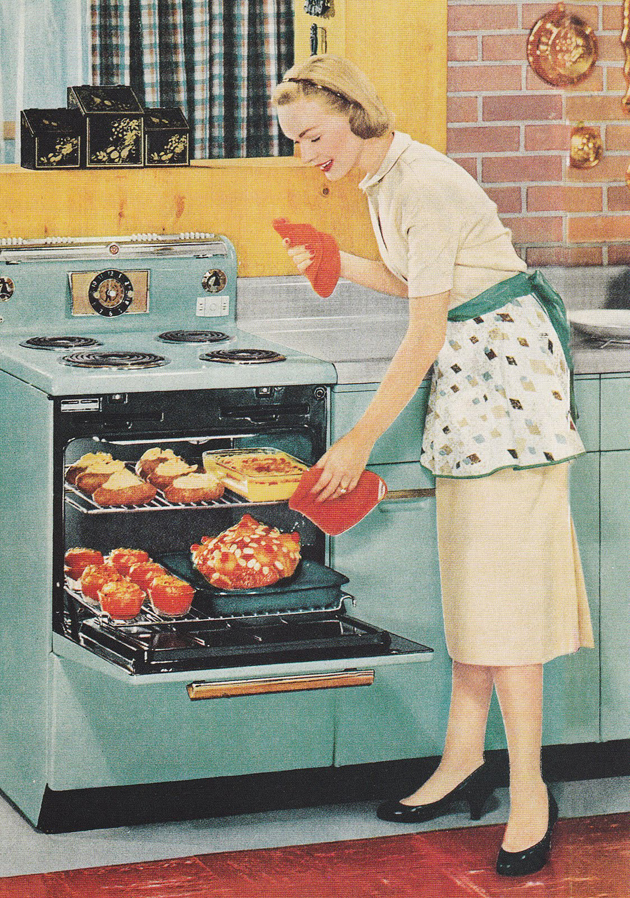
Recently, a little girl named McKenna Pope launched a campaign on change.org to have boys included on the packaging of everyone’s favourite kitchen toy, the Easy Bake Oven. For generations, our sisters have made us icky, chalky cupcakes in the ugly little apparatus – but just why is it only for them? It’s always been marketed as a girl’s toy, that’s why: a training tool for those fortunate future housewives, taught from the age of 5 to drown in the halogen glow of domestic bliss. (Batteries required.) But, boys can bake. Hell, they should be baking, instead of sitting around while their poor, overworked sisters slave over a warm lightbulb…
Let’s all do little McKenna and ourselves a solid and sign her petition. Get with the times, Hasbro.
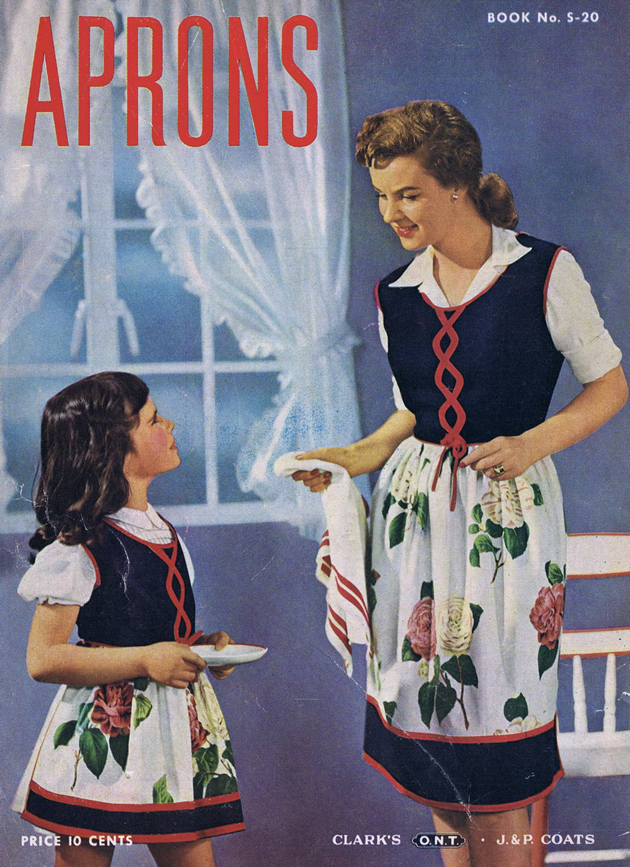
The Editorial: Fair Trade Dope
We, as a generation, are hyperactively engaged with the world at large. Quick to point out injustices, eager to identify with a cause, our generation is, as a whole, measurably more informed, vocal, and engaged than any before it. We, the self-described social entrepreneurs, human-rights activists, open designers, charity workers and social strategists, are driven by interconnectedness to effect change. Do good. Many (including myself for periodic bouts) are vegetarians, for both ethical reasons and the far-reaching negative effects of commercial meat production. We love the fair-trade label, as it signifies a highly scrutinised supply chain, and we vehemently avoid buying from companies like Walmart, whose environmental and social track records place them on par with any oppressive totalitarian regime.
But drugs, those magical merrymaking substances that allow for escape. Shifts in perception. We are as addicted to those as ever – I know girls who’d be right at home in the Doll House. Line. Martini. Line. Repeat. Funny thing, though, those drugs. One hit and our principles go out the window.
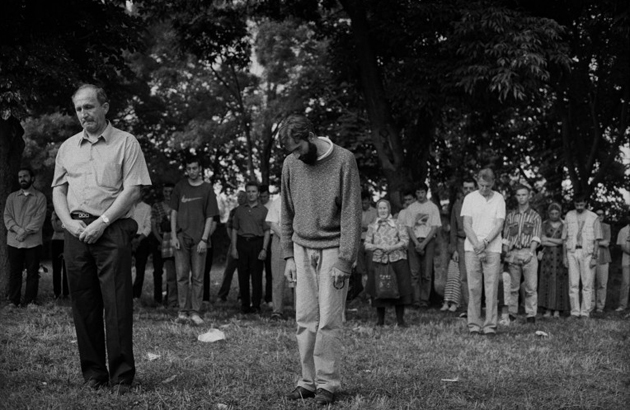
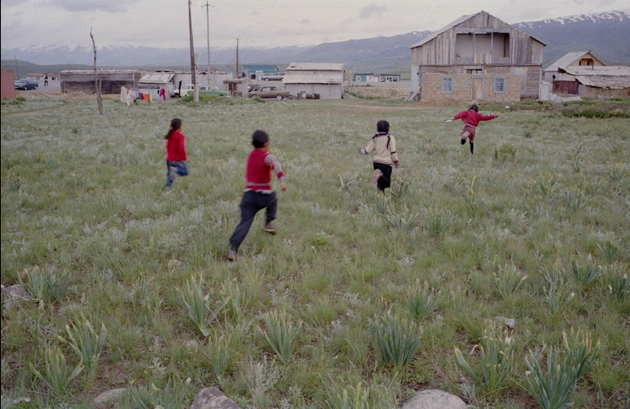
Illegal drugs are societally wrong – but not for the reasons you might think. While we focus on the consequences of drug abuse in one society, we seem to conveniently ignore the trans-national wars our smoking weed and snorting cocaine cause. A bit hard to imagine while on your face in that slick toilet at the hot nightclub, but societal structures create alternative market systems. Demand creates supply. And since society wants drugs, they are supplied from somewhere. Full stop. And that means, what we want in Italy and England and Canada creates extraordinary violence in Mexico and Afghanistan and in some dark corner of your city. Breaking Bad is real. Much of Mexico.
Now, there is nothing intrinsically unethical or morally wrong with inserting a mind-altering substance into your body. As long as it doesn’t lead to the harm of others (i.e. driving drunk), what you do to yourself is, and probably should be, your prerogative. That is what living in a “free” country, as we ostensibly do in the west, is all about. However, it is time to take a long hard look at our moral compass next time we light up our little glass pipes. If we value responsibly grown rice and free-range chicken, it is absurdly hypocritical to buy weed off an anon dealer on the street. You have no idea where it’s from, and like that cheap-o DVD player you bought at Walmart, you can be sure someone suffered to get it to you. In other words, we’re a hell of a long way from Fair Trade dope.
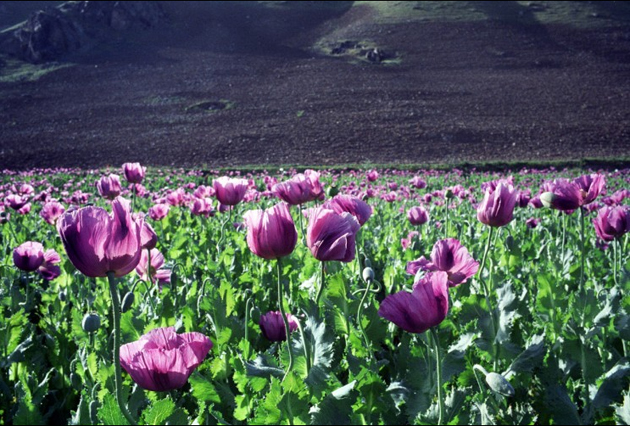

So, what should be done? Apart from staunch social conservatives (the most radical of hypocrites), most of us can probably pragmatically agree that it isn’t right (or efficient) for anyone to be locked up for using marijuana. And the more imaginative among us probably believe that some of the less immediately destructive substances should be available, controlled, and taxed: create suitable barriers, generate revenue, punish abuse – not use. (Works for alcohol – also once prohibited!) And most importantly, demand would be met by a transparent system, killing the business and power of the violent drug cartels.
This is clearly a much more complex issue than we have time for here. But, what do you think?
(And in case you’re wondering, my only drugs of choice are sherry, gin and coffee.)
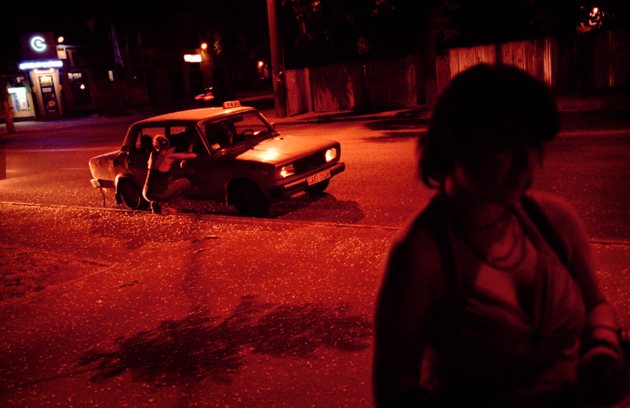
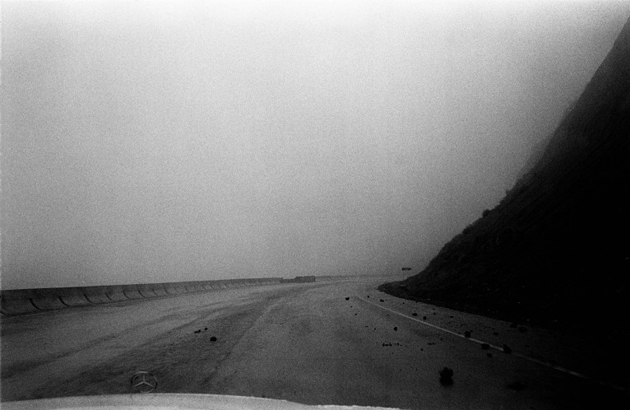
The photos in this editorial were taken from the just-released book Poppy: Trails of Afghan Heroin from Dutch publishers Paradox, which traces the origins and wild trajectories of Afghan drugs around the world. A definite must read.
Tag ChristofThe Editorial: O, Twinkie
Ah, the twentieth century. Those hundred years in which all the scientific advances of centuries past converged into one gigantic, global sociotechno orgy: television, mechanical flight, vaccinations, space travel, solar energy, mobile phones, the harnessing of nuclear energy… and the Twinkie. That barf-inducing, impossibly supple, dizzyingly sugared confection made of thirty-seven distinct, mostly chemical, ingredients. And so century twenty will go down in history as the first in which humans willingly ate food that wasn’t actually food.
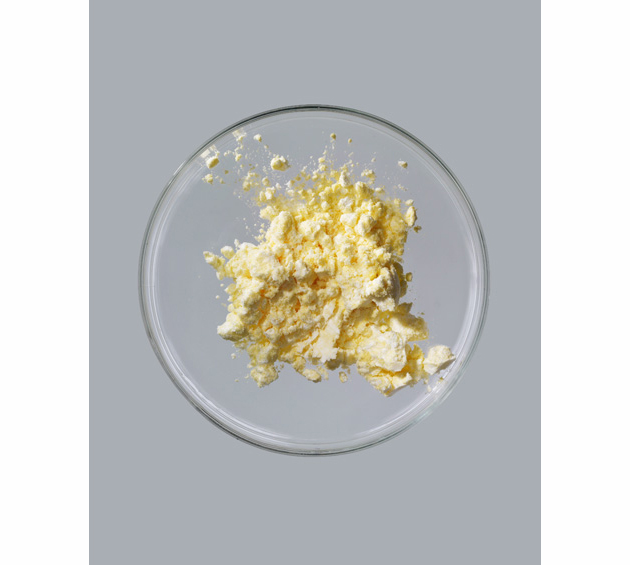
Long the definitive whipping boy of the ills of processed food, the Twinkie has become something of a cultural icon. Both derided and clung to steadfastly, it has spawned several variations, perhaps the worst of which is that staple of the American State Fair, the artery-clogging deep fried Twinkie. Retirees with sweet teeth are known to keep one or two stashed in the glove box of their Oldsmobile – they certainly travel well. It’s spawned a book called “Twinkie: Deconstructed,” a scientist’s ‘Journey to Discover How the Ingredients Found in Processed Foods Are Grown, Mined (Yes, Mined), and Manipulated into What America Eats.’ (Read the New York Times interview with its author on the subject here.) And that sweet-little-thing Mad Men era big shots kept in mink and Chanel in addition to their wives, they were “twinkies,” too.
“Ralph’s got a hot little twinkie in the city…” Wink. Wink.
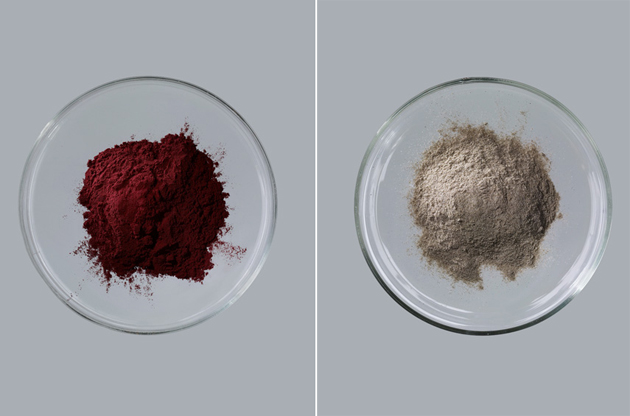
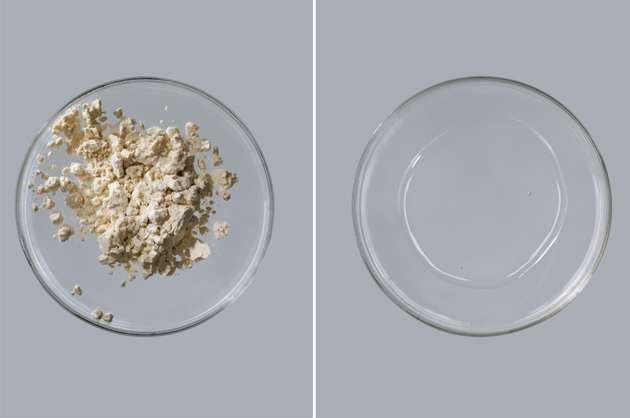
In short, the Twinkie is vice incarnate. In the trial for Harvey Milk’s murderer in the 1970s, the defence argued successfully that it was the excess consumption of Twinkies and other sugary snacks that led to homicidal behaviour. And so, a killer was convicted of manslaughter and not murder. Riots ensued. (Blame the Twinkie.)
And for all its preservatives, a single Twinkie might just have been the one thing to survive the coming total apocalypse. (Rather appropriate for its coming-of-age in the nuclear age.) But, alas, even snack treats with nuclear half-lives of 25,000 years cannot overcome corporate greed. This week’s announcement that Hostess, the old anachronism of a company responsible for the delectable little indulgence, has decided to liquidate itself after a string of wildly poor decisions from a wildly greedy band of executives.
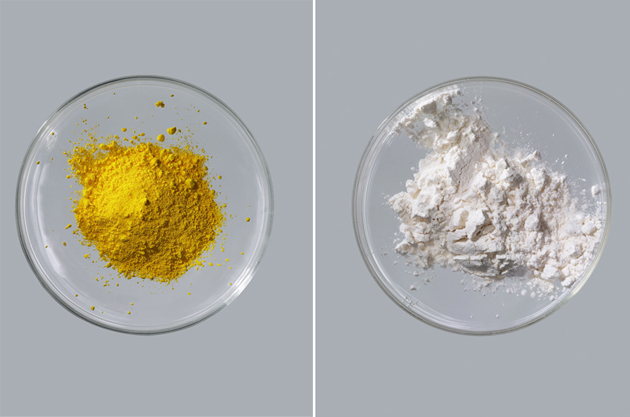
So, whether it’s spared the liquidation guillotine, is it right to feel ambivalent about the Twinkie’s passing? So much nostalgia! So satisfying to hate! So, could we possibly live in a world without deep-fried treats of the 37-ingredient variety?
San Francisco photographer Dwight Eschliman, known for his stunning and information-filled still lives, has photographed each of the Twinkie’s 37 ingredients separately.

The Editorial: The Ballad is Back
Before Flickr, before the unnavigable mess that is Tumblr, we saw fine art photos primarily in three ways: in galleries, in magazines, and in monographs. Dusty old volumes on messily stacked shelves in art school libraries, lone hardbound bricks proudly displayed on coffee tables. You knew someone with a Mapplethorpe or Ruscha book had style, just like you knew someone with Robert Frank or Ed Weston had taste. Dentists’ offices and old people always had an Ansel Adams lying about, and every shutterbug ever had some bound collection of the same iconic Cartier-Bresson snaps. They were precious commodities, not lest because they normally cost a small fortune, but because they were published in relatively limited quantities and were objects their owners pored over.
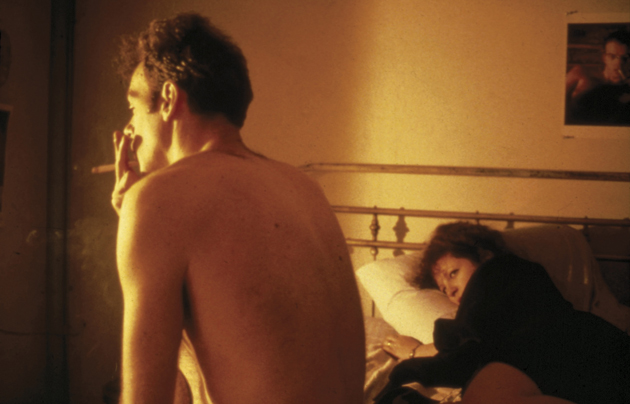
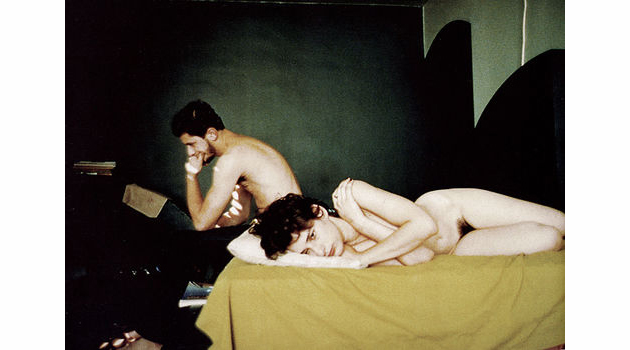
And while legions of small publishers, as well as the most culturally savvy big players like Phaidon and Taschen have succeeded in keeping the genre very much alive in the Instagram age, the newer crop of monographs simply cannot escape their time. They are all inevitably web-influenced, sleek, hyper literate collections that lack the clarity, the humble naïveté of their forbears. And while not to disparage the web’s amplification and democratisation of fine photography (we may have never known Vivian Maier without it!), there is something else in those pre-web books that hasn’t been recaptured in recent years.
So in a nod to those heady days of yore, it’s with great happiness that we learned of Aperture Foundation’s re-release of Nan Goldin’s Ballad of Sexual Dependency, a fantastic collection of photos if there ever was one. In the short year or so, since I’ve been taking photographs seriously, no other collection has been more useful for inspiration. But my relationship to Ballad – and certainly that of many photographers – is much more complicated than that.
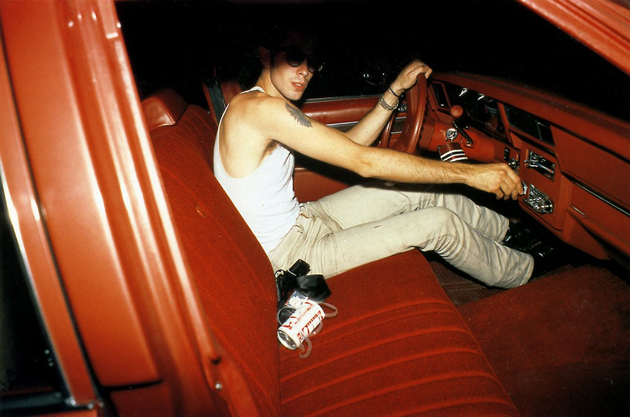

Once upon a time, as a misfit teenager in rural America, I indulged in strange transgressions. Not drugs or … , but rather in a collection of cultural artefacts: I bought and hid designer clothes and art books in my bedroom as if they were contraband. The photo books were the most important: Garry Winogrand, Minor White, Jakob Holdt, Diane Arbus… and, most importantly, Nan Goldin. Her work, most saliently in Ballad was a revelation: its images were the first time I saw the camera’s potential to dig uncomfortably under the skin. Past social mores, through put-on artifice down to a soft, compromised, imperfect humanity. It wasn’t the deer-in-the-headlights I’m doing this because I know it’s provocative discomfort of Diane Arbus, but a far more honest, far less pretentious “other-ness.” I identified with these photos. And feel better about being human when I see them.
As a footnote, 2DM’s Skye Parrott was once Goldin’s protégée – check out her work for a more youthful, yet still very Goldin-esque eye.
